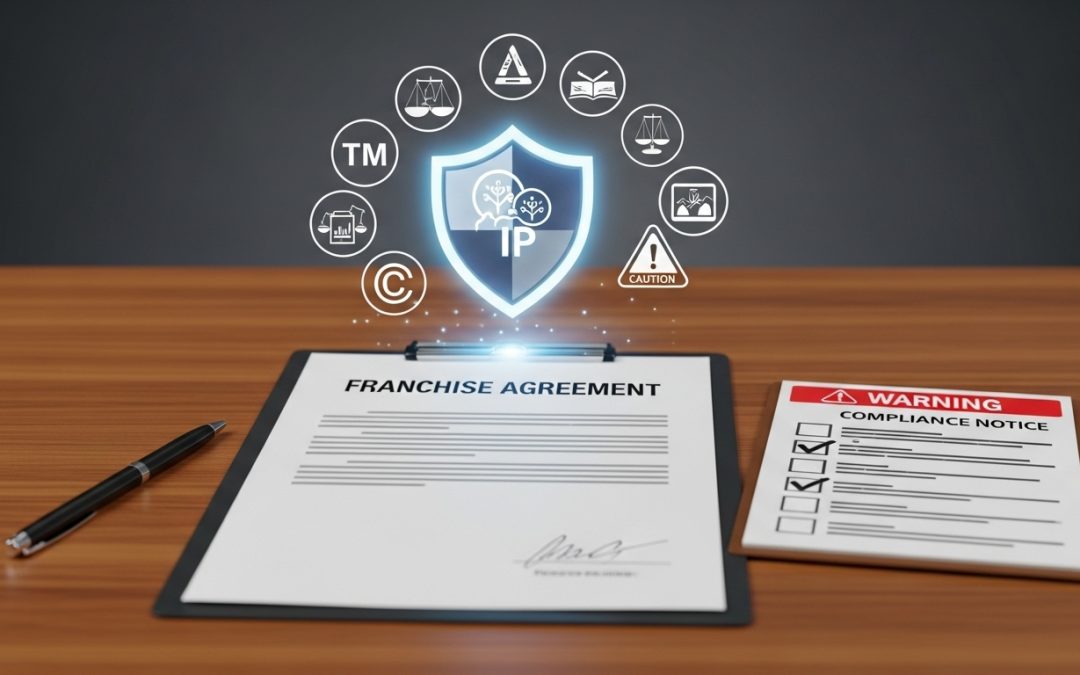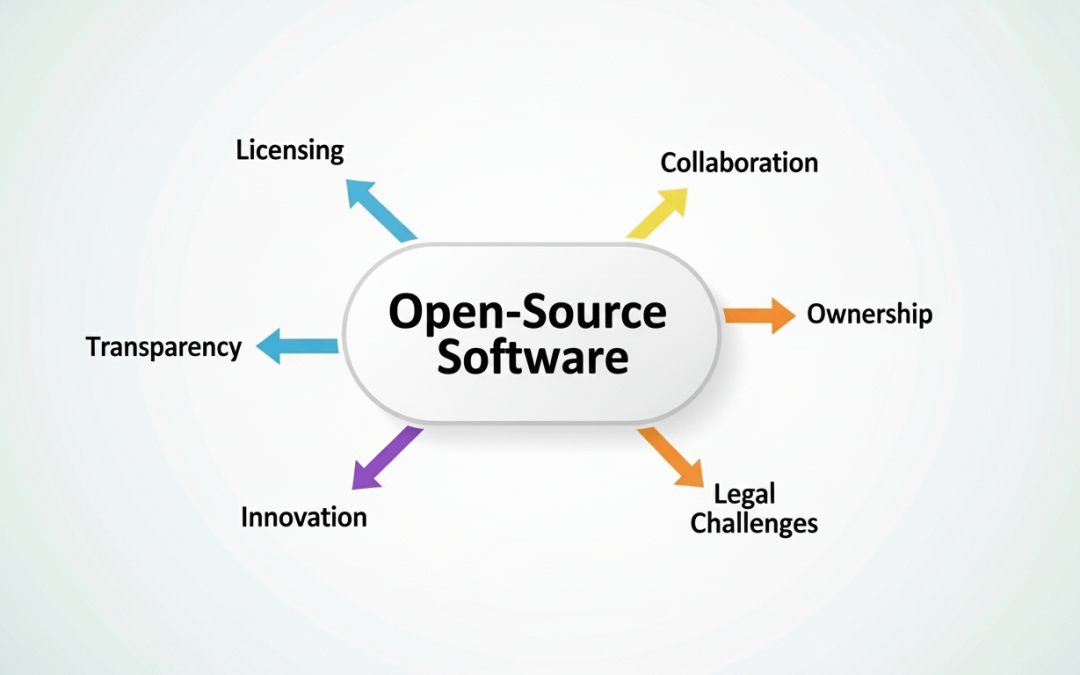Intellectual property (IP) stands out in a knowledge-based economy – usually regarded to allegedly be more important than real assets—even in terms of what is an asset to businesses. Businesses thrive not only by having products or services, but also by having strong...


















